Excerpt from our May 2017 newsletter:
Timing is everything in winemaking. With the exception of Riesling, no single varietal we farm embodies this rule with such verve as our Pinot Noir. We use Pinot Noir for our sparkling wines, for our Dry Rosé, and for a still red wine. The ripeness we encounter among our Pinot Noir blocks starting in early September is taut, flavorful, and evolving quickly. How a particular style of Pinot Noir is supported by a given period of harvest has a lot to do with its taste and even more to do with its skins.
All wine will have some contact with grape skins. White and sparkling wines experience only the briefest skin contact. Grapes are pressed and the juice is separated immediately. For red and rosé wines, the juice is left in contact with the grape skins, drawing out pigments that impart color to the new wine. Where on the spectrum a wine’s final color falls is determined by the length of that contact, know as the extraction period. Additionally, if skins are left in contact with the wine throughout fermentation, the final wine will contain more tannins and a denser mouthfeel. But these factors are not binary. The very happy medium between the clear, crisp Pinot Noir we produce for our sparkling wines and the deeper, more tannin-rich Pinot Noir for our red wine, is our Dry Rosé.
The light pink hue of our Dry Rosé 2016 is the result of a 24-hour extraction. Only about 10% of the juice was left in contact with its skins – the balance was pressed and separated. We soak the wine in the coolness of our cellar to slow fermentation. This draws out pigment while minimizing tannin extraction. Since we rely on indigenous yeasts to carry our fermentations, we do not need additives to aid in this process.
No discussion of ripeness would be complete without a discussion of place. We time our picks quite precisely to capture a particular flavor profile. But being able to come back to the same blocks, harvest after harvest, with a particular style in mind is central to our viticulture. The young block of Pinot Noir from which our Dry Rosé is sourced is the latest addition to our vineyards. We hope you enjoy this first look at what promises to be many years of very fruitful exploration.

